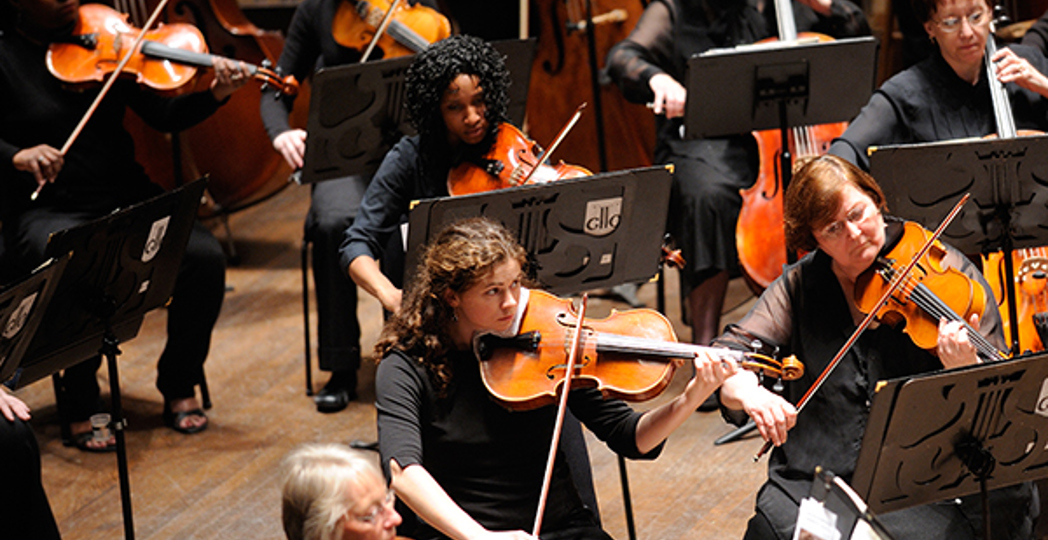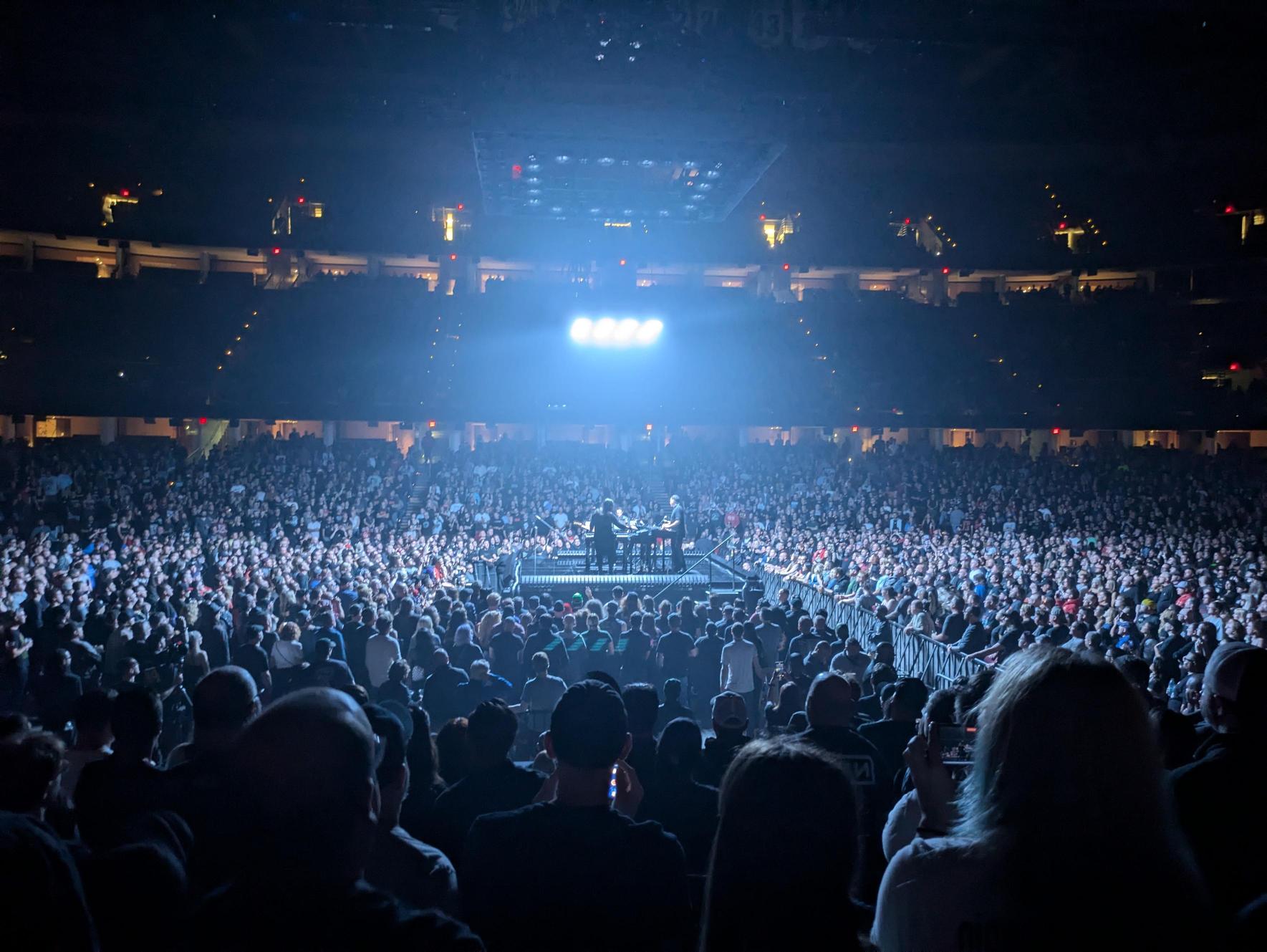Cleveland Women's Orchestra Celebrates 85 Years
by Annie Zaleski | Apr. 3, 2020 | 12:00 PM

Roger Mastroianni
Before the Cleveland Women’s Orchestra ever officially took the stage, local press took notice of the 80-member troupe’s determination.
A Plain Dealer preview for the April 26, 1936, initial concert at the Cleveland Club observed, “These women have been rehearsing faithfully, giving a few inconspicuous concerts and preparing themselves to fulfill what they believe to be a real need in Cleveland.”
At the time, women weren’t welcome in professional symphonies; among other reasons, they were perceived as less attractive if they played certain brass instruments. So women-only orchestras sprang up in major cities such as Berlin, Boston, San Francisco and Chicago to fill the void.
“Cleveland didn’t want to be left out,” says concert manager and violinist Joan Ferst, a Rocky River resident who has been a Cleveland Women’s Orchestra member for more than 40 years.
Eighty-five years later, the Cleveland Women’s Orchestra is the oldest of its kind in the U.S.
After the orchestra’s formation in 1935, gender-based discrimination in orchestras began to diminish during World War II, when women were needed to fill spots vacated by men in the service. But the Cleveland Women’s Orchestra played on, determined to maintain a consistent outlet for rising classical female musicians, and weave themselves into the city’s history.
With about 60 members, the orchestra remains a women-only organization, although Ferst notes a few men sit in if a piece needs a specific instrument covered. But the group’s commitment to community service and collaboration transcends gender and socieoeconomic status. They regularly perform free programs at hospitals, schools and retirement homes, and strive to make ticket prices affordable, keeping prices between $12-$22.
“We’re serving the community in a different way,” Ferst says. “And that, to a large degree, has sustained the orchestra.”
Trending
-
1
-
2
-
3
-
4
-
5










